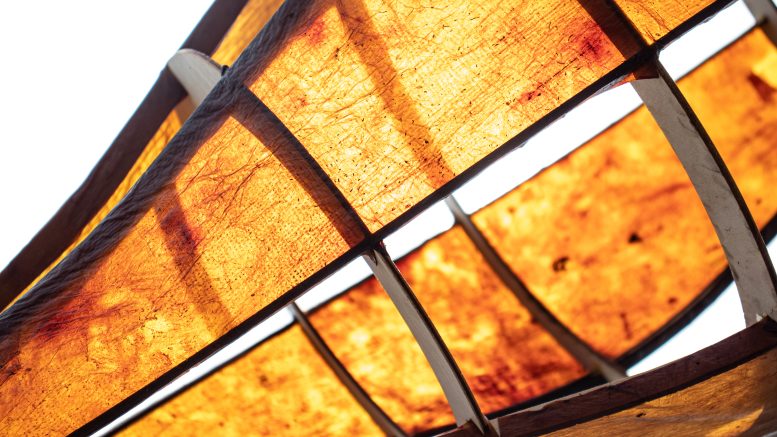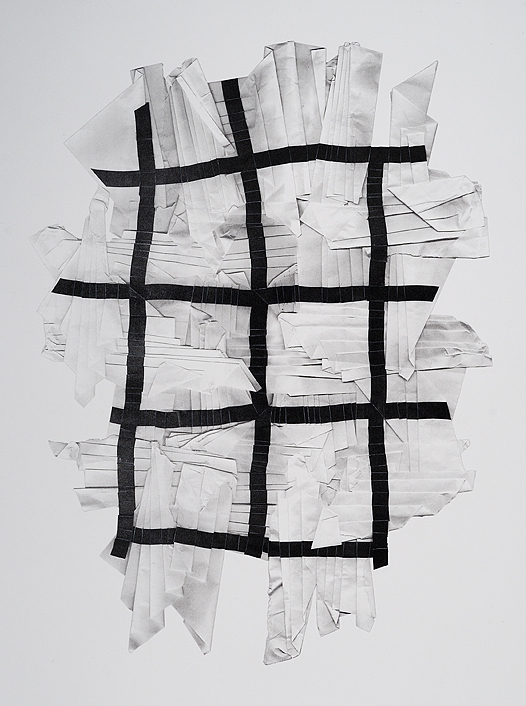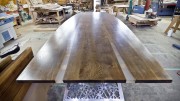U of M’s faculty of architecture research group BIOM_Lab works producing and applying the use of biomaterials, exploring their structural, practical and design potential.
Headed by Mercedes Garcia-Holguera, the team has mainly focused on using two biological sources for their materials — mycelium, a structure of fungal fibres, and bacterial cellulose, a substance synthesized by bacteria that is chemically similar to the material that makes up plant cell walls. Eventually, the team hopes that these materials can be grown in northern and remote areas where more common building materials are hard to come by, helping to foster independence for the communities living there.
The project is also looking to make these biomaterials part of a sustainable, circular economy by incorporating recycled materials such as agricultural and industrial waste into its mycelium products. Though the practical and environmental benefits of these materials remain the group’s focus, the substances also display some aesthetic and artistic potential.
Garcia-Holguera explained that while dyeing and taking photos of the material during experimentation, the team found some beautiful aspects to the work. However, she stressed that the materials will differ from photographs when viewed in person. In the interest of gauging the public’s reaction to these remark- able but strange new materials, the BIOM_Lab is presenting an exhibit at this Winnipeg’s Nuit Blanche, a night of public art exhibits and performances Downtown and in The Exchange.
The exhibition, titled Elucida and headed by U of M student Dominico IV Obmerga, will feature an assortment of lanterns with dyed bacterial cellulose material stretched over their frames, lighting up Stephen Juba Park the night of Sept. 24. The display is interactive, offering a visual and physical experience for people walking through the space.
“Basically what we want to do with this exhibition is to show the public these materials, and also to get the public reaction,” Garcia-Holguera said. “Do they like it? Do they find it gross? Do they find it beautiful?”
Garcia-Holguera explained that the idea behind using lanterns is to give the public a more palatable introduction to the materials, as the objects interact with the light in a flattering way.
Beyond lamps, the lab is looking into bacterial cellulose’s potential regarding tensile structures such as canopies, which would normally be made out of fabric.
If photos of the lanterns from the team’s Instagram are to be believed, it will be a quite striking exhibit. The chance to encounter a new biological building material is rare, and not an opportunity to be missed.
Elucida will be on display Sept. 24 at Stephen Juba Park as part of Nuit Blanche.




